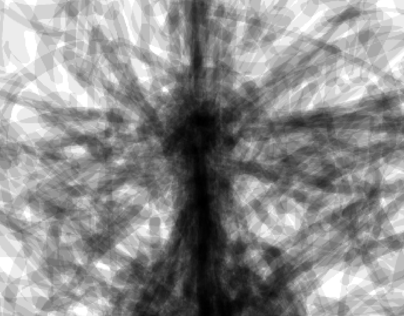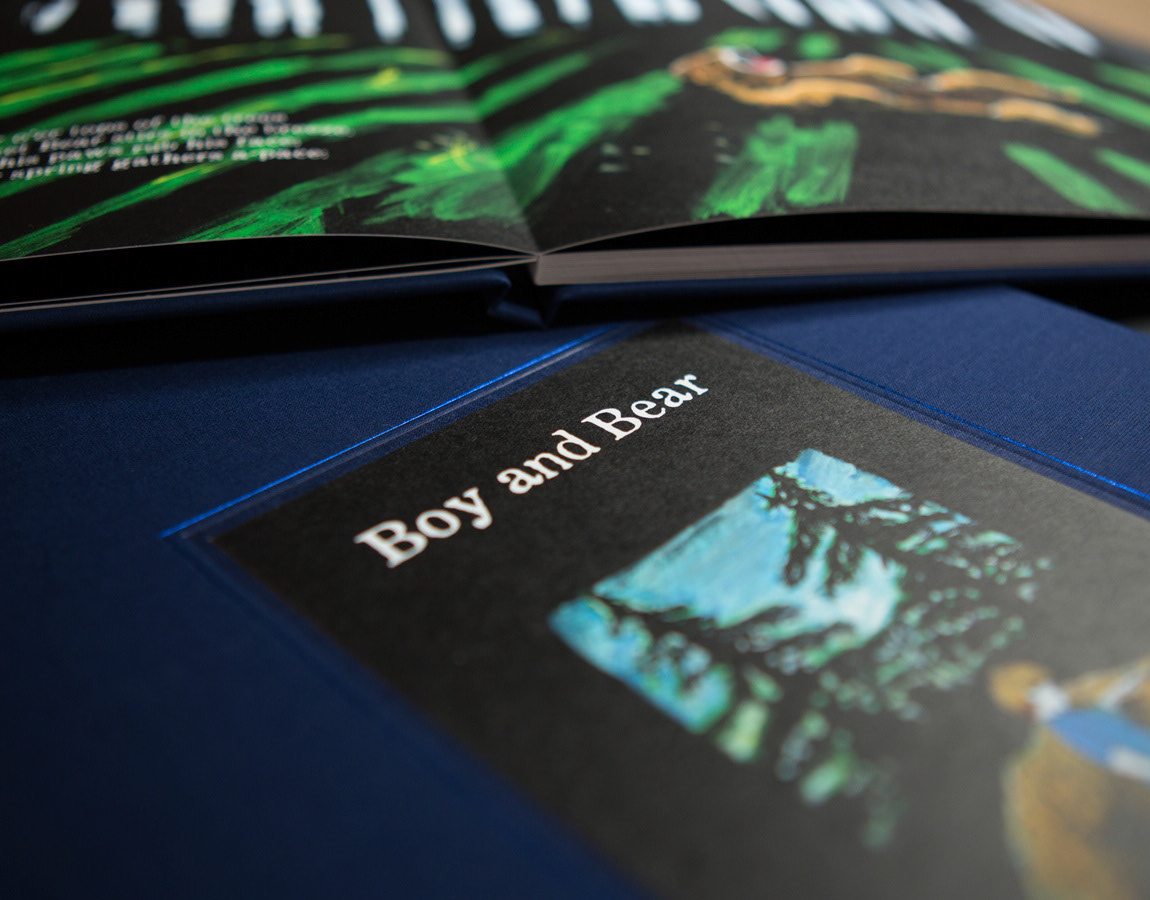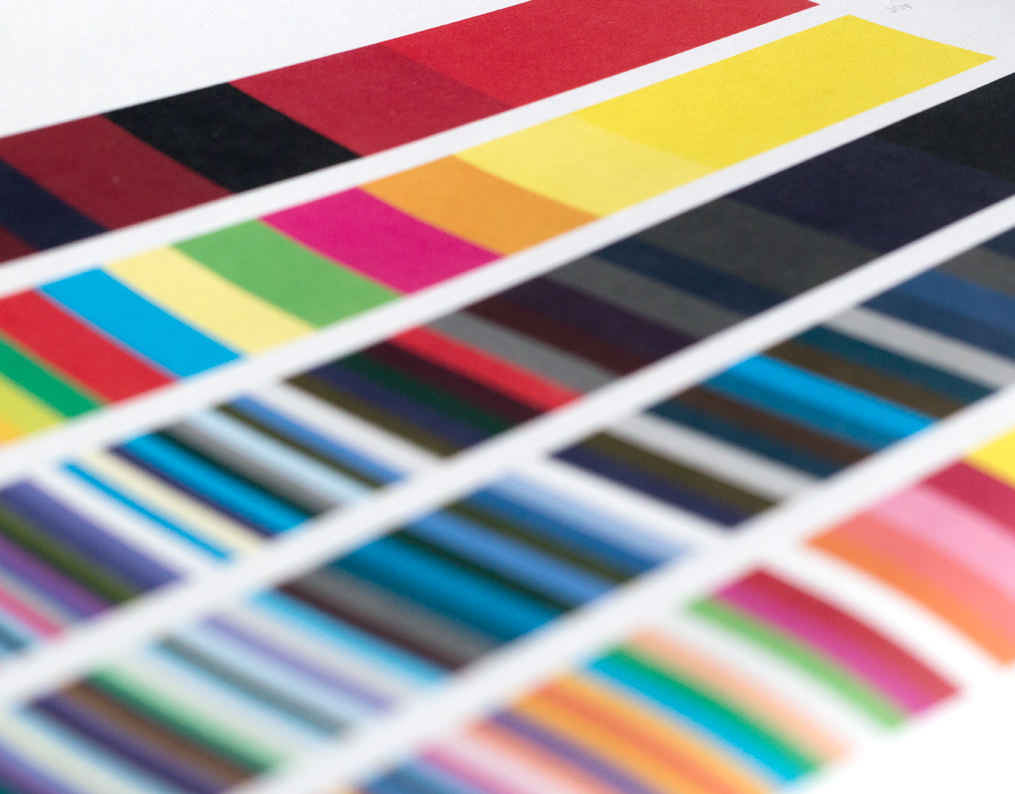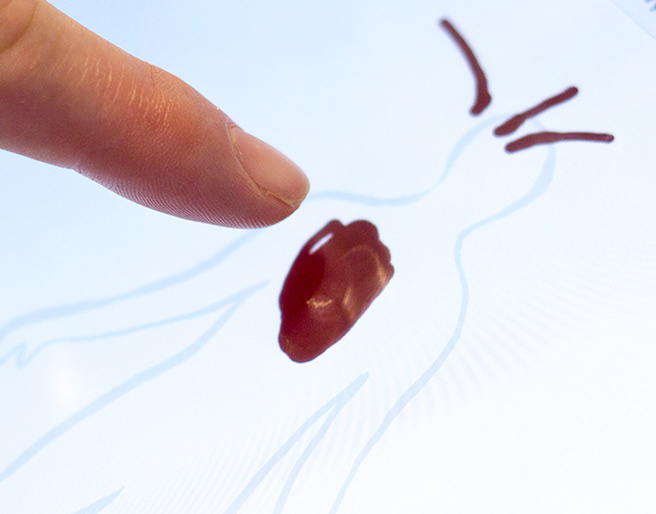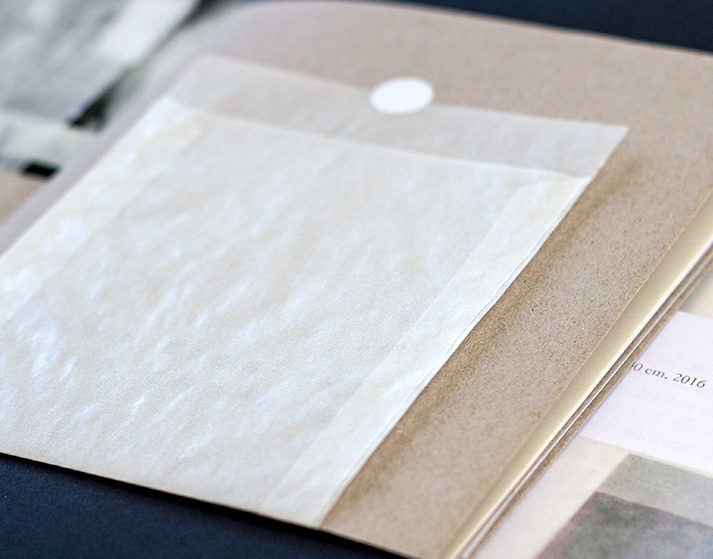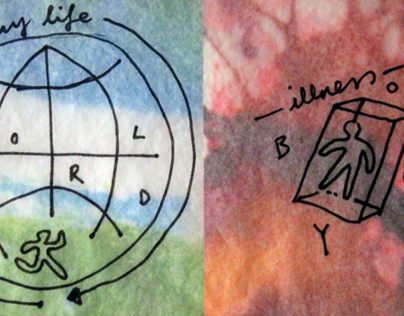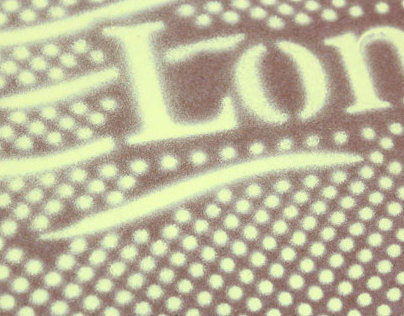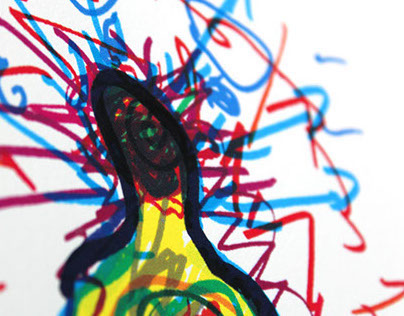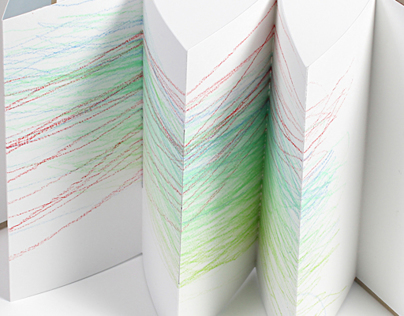Circular Futures is a leadership program run by Ashoka asking "How can we shift the current global system from a linear to circular economy?" The impressive inaugural cohort embarked on a 6 month learning journey culminating in a two day session in the UBS headquarters, London. My role was to capture the key ideas, learnings and memories of the group which were to be used to illustrate a souvenir book.
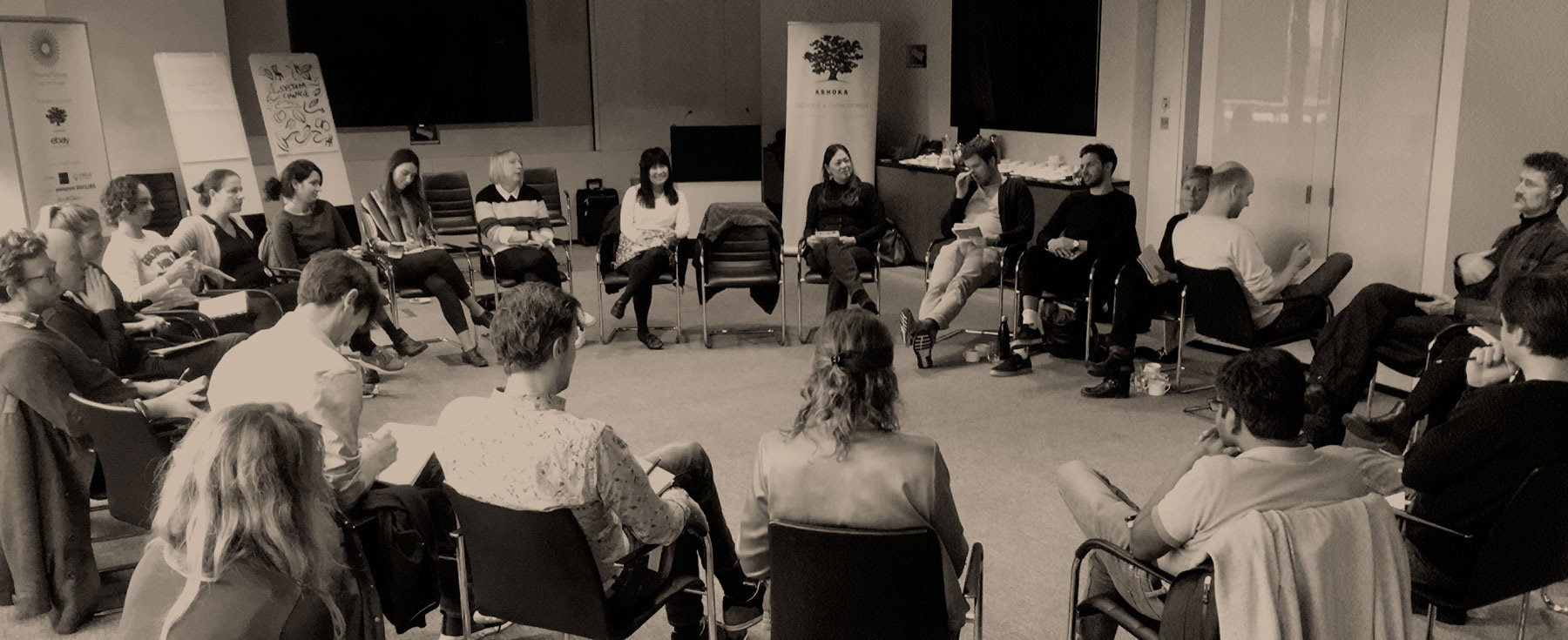
The austere Swiss corporate environment was warmed up with some (clean!) expressive painting and marker-work on flipcharts. Tuning into presentations, groupwork and small conversations, I gathered summaries across paper and iPad and wove them together in Adobe Illustrator on the laptop. Photos of work in process were pushed to social media during the days. With the high quality book in mind, artwork was compiled in double page spreads and ready to print.
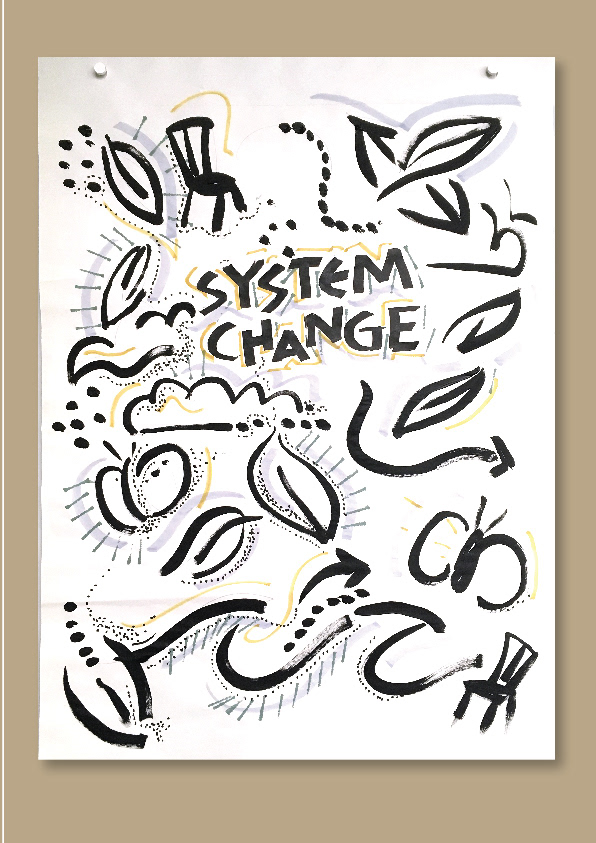

Beyond Sustainability
The Five "R" of a circular economy are – Reduce, Reuse, Refurbish, Repair and Recycle. Tuning into this area opened me up to a world of complexity and rich discussion. I heard how crucial leadership is to weave change across personnel, business, technology and culture. Not only through initiatives and policy, but with positive emotions, collaborative networks, value-based business models and a host of intra-personal approaches.
Metaphors for complexity
Sensing images of birds, trees, wind and clouds, I painted them as metaphors to represent global interdependencies. Weaving branches, singing birds, shifting cloud forms and winds of influence can effect change much like a butterfly can cause a storm in fractal theory. The chair arose as a symbol of the roles humans play and resonated as a memory cue of group exercises from previous sessions.
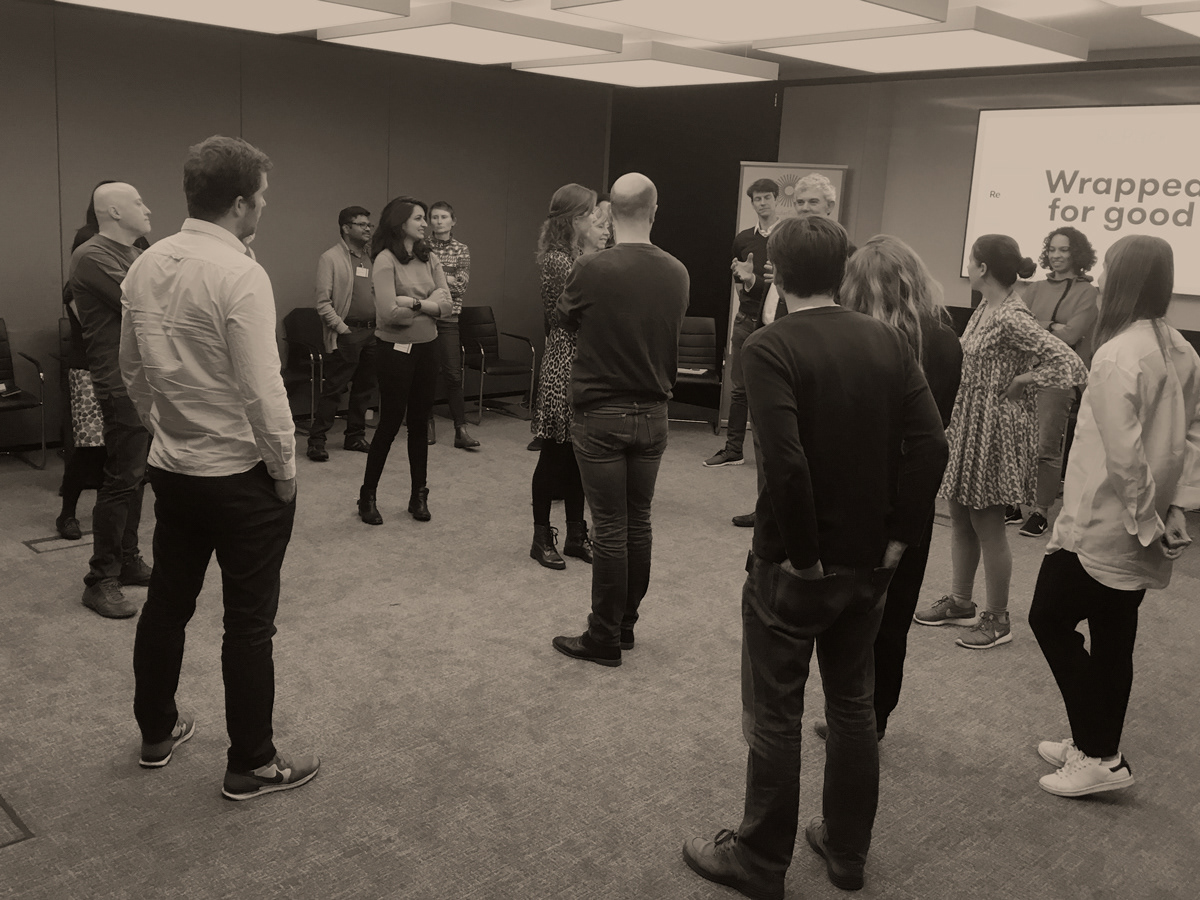
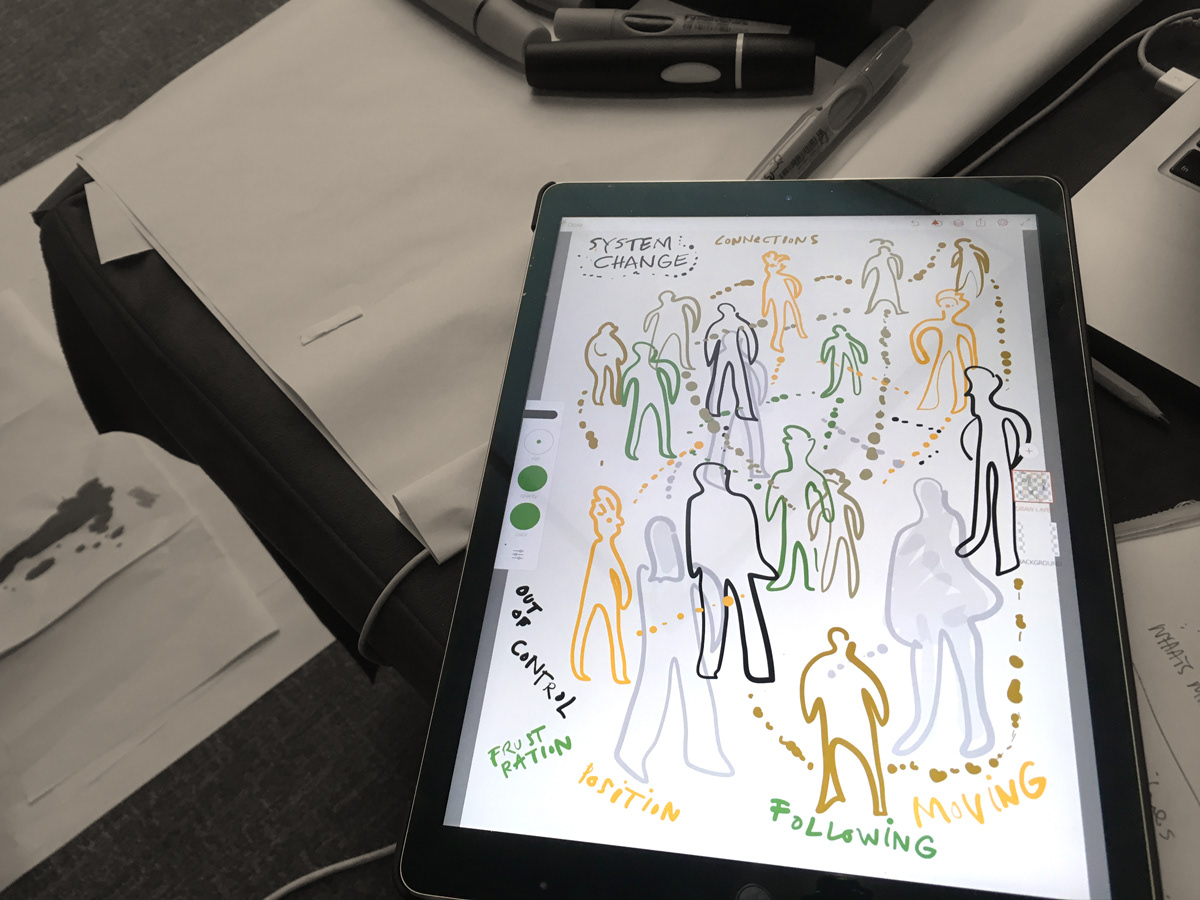
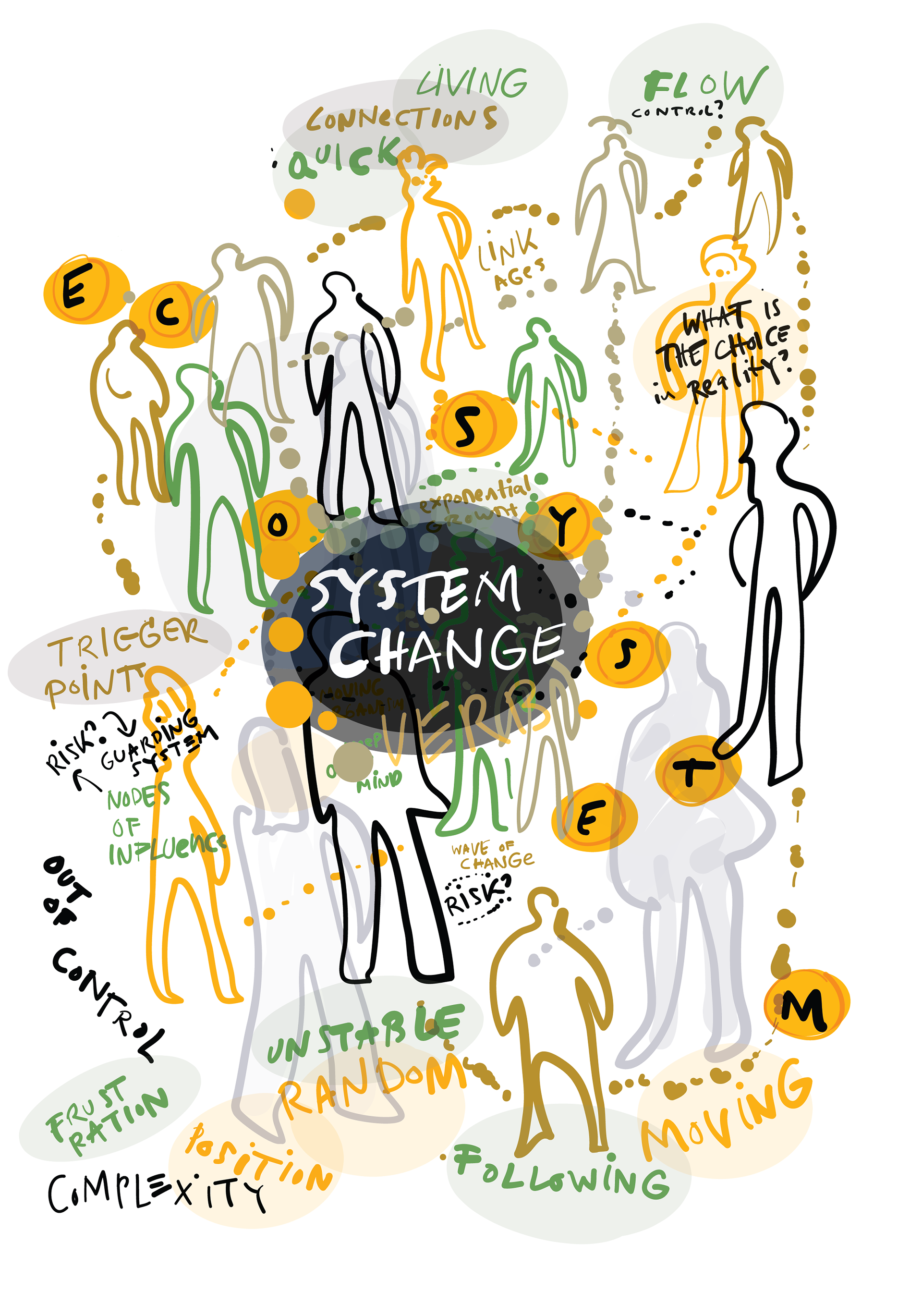
Capturing Experiential Learning
(Above) From session to final image: this was a dynamic group exercise demonstrating how an actor in a constellation can have a powerful effect. I captured the concept on the iPad in Adobe Draw and moved illustration to design software weaving in headings, keywords and reflective comments.
.
The Graphic Recorder as Channel
Being present in the space allowed absorption of deeper levels of information: factual, reflective learnings, energy, nuance and emotional arcs. Through immersion, the situational richness emerges as unique visuals which were used as reflective final presentation and compiled into a keepsake book of the group's journey.
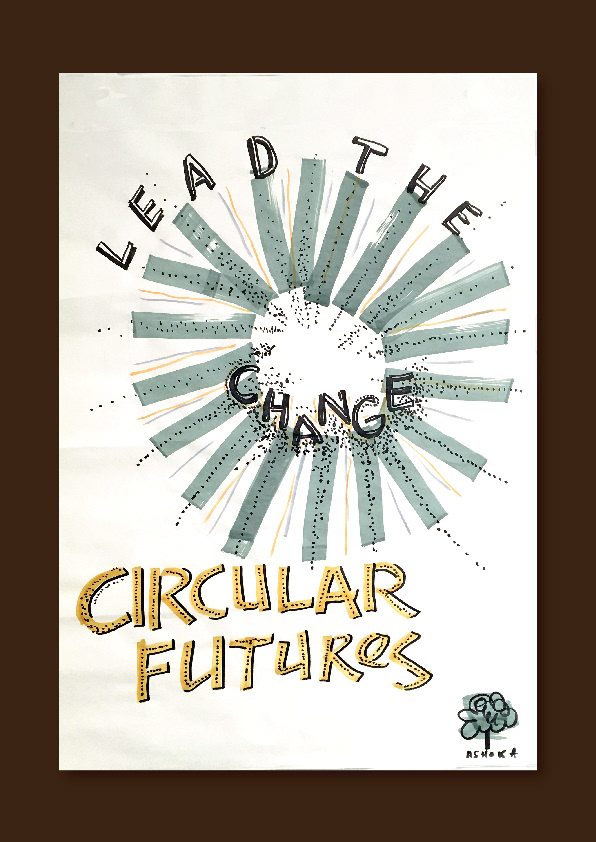
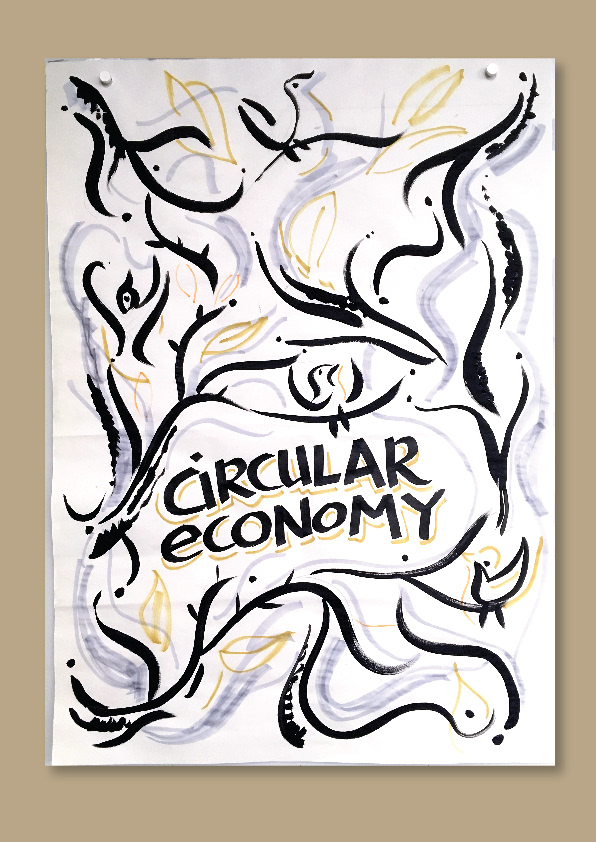

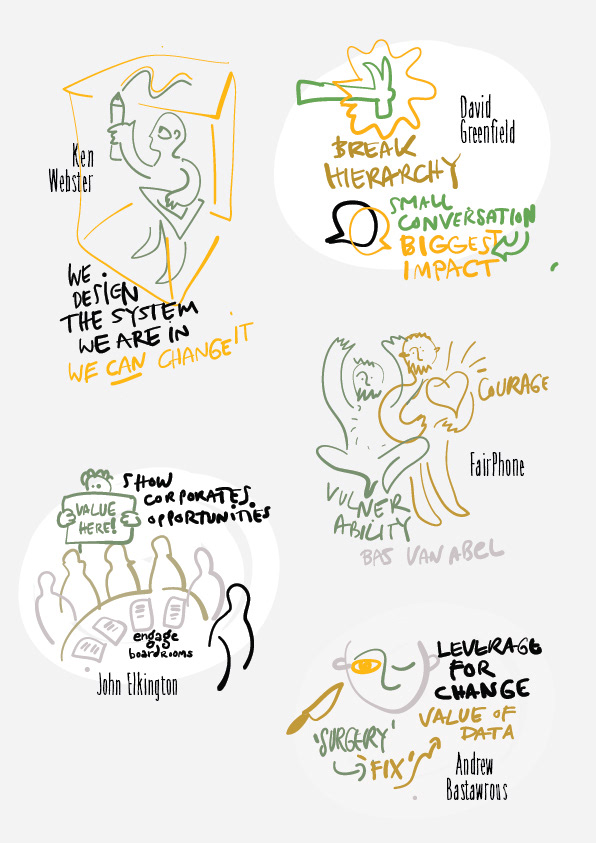

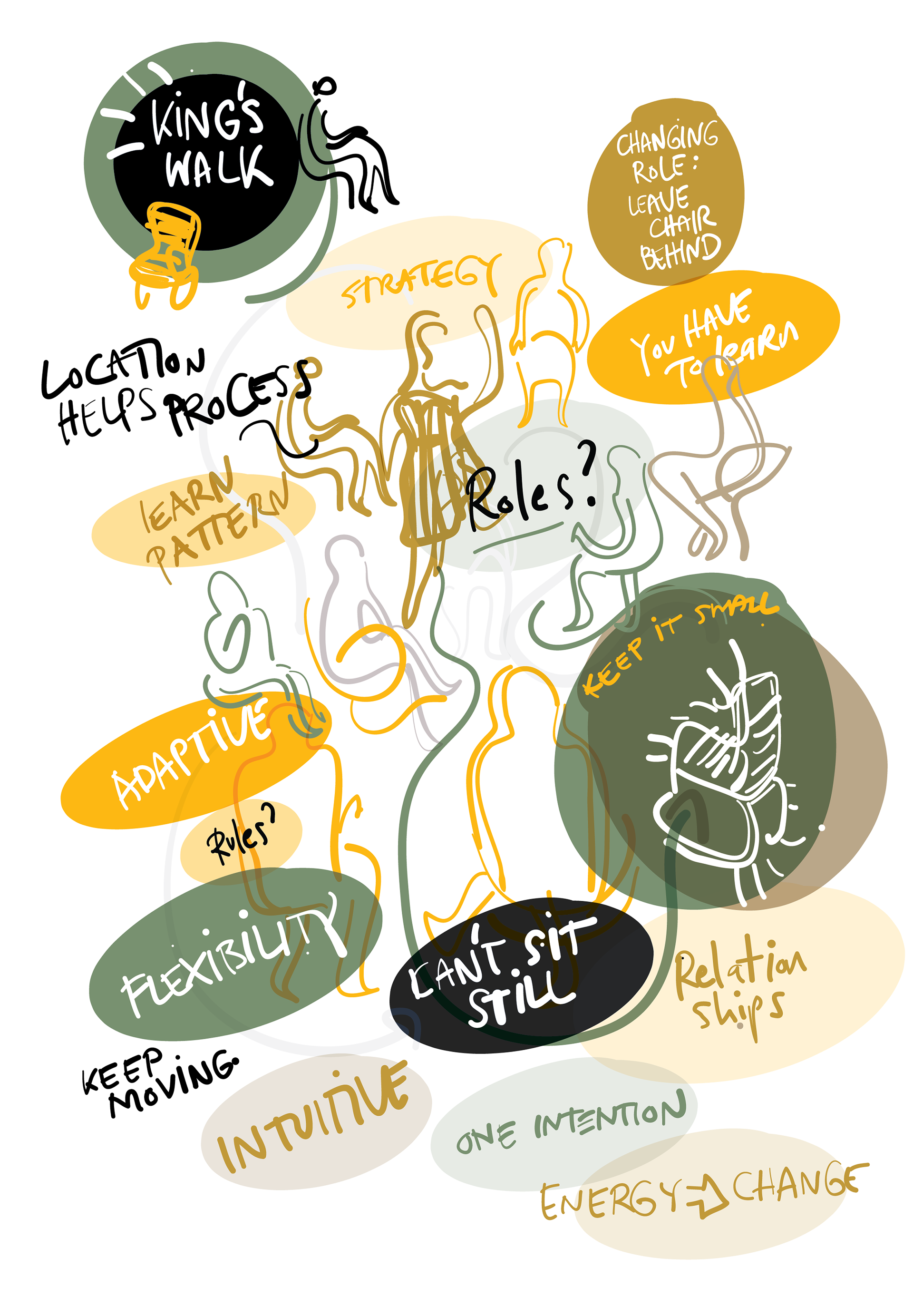
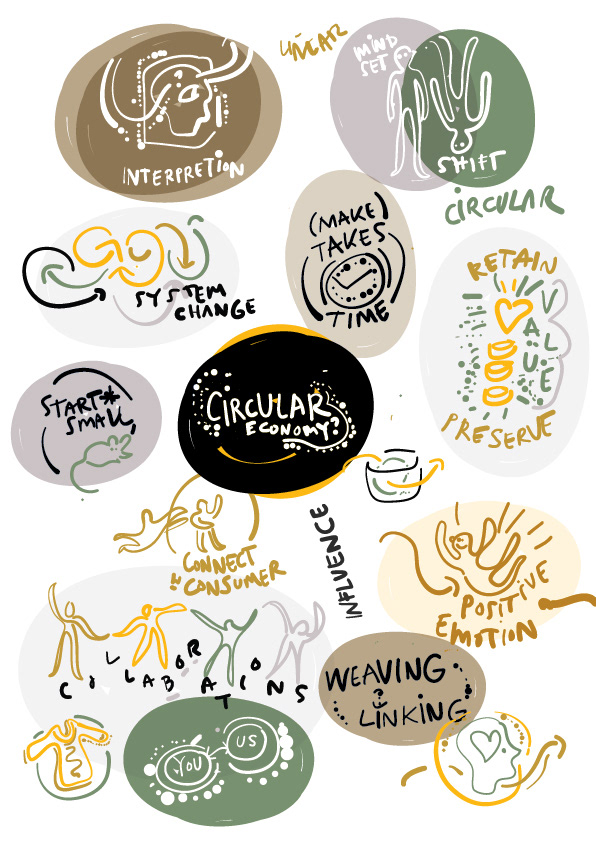
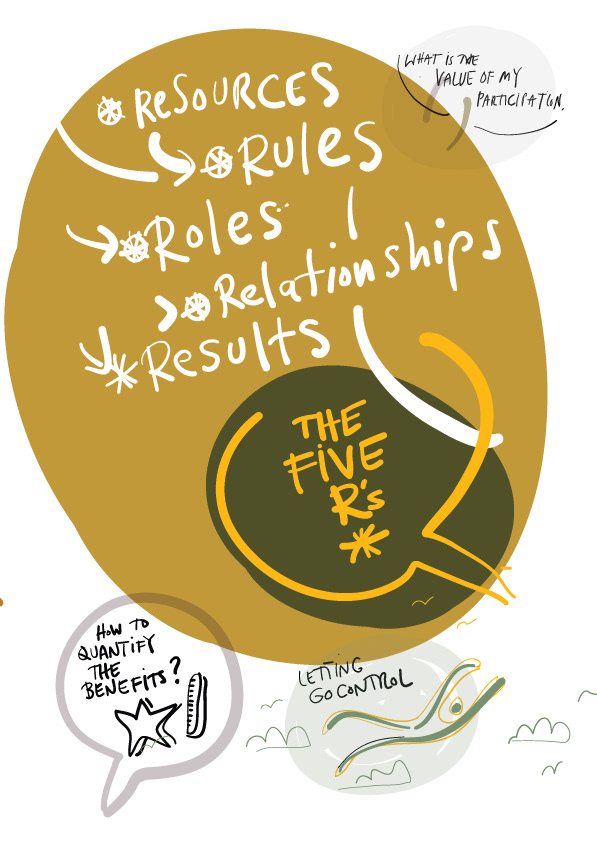
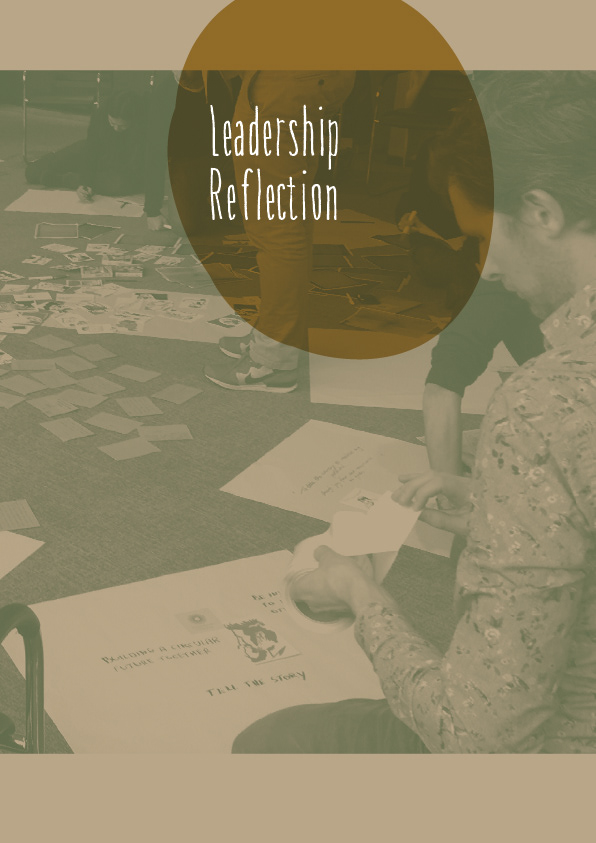
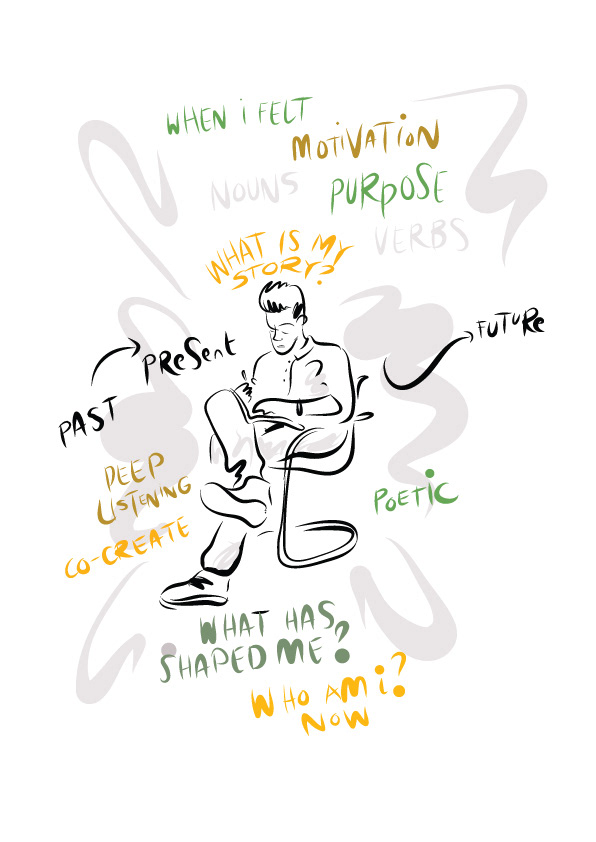
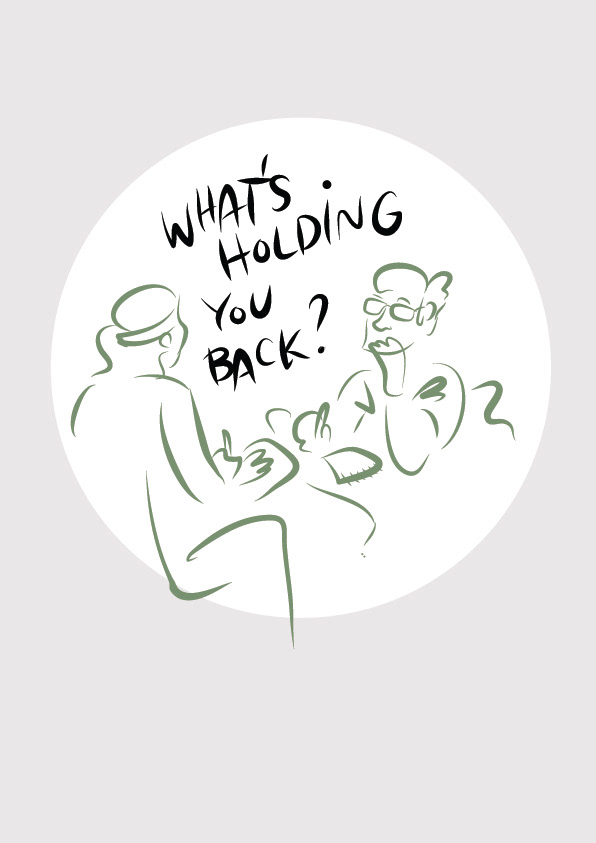
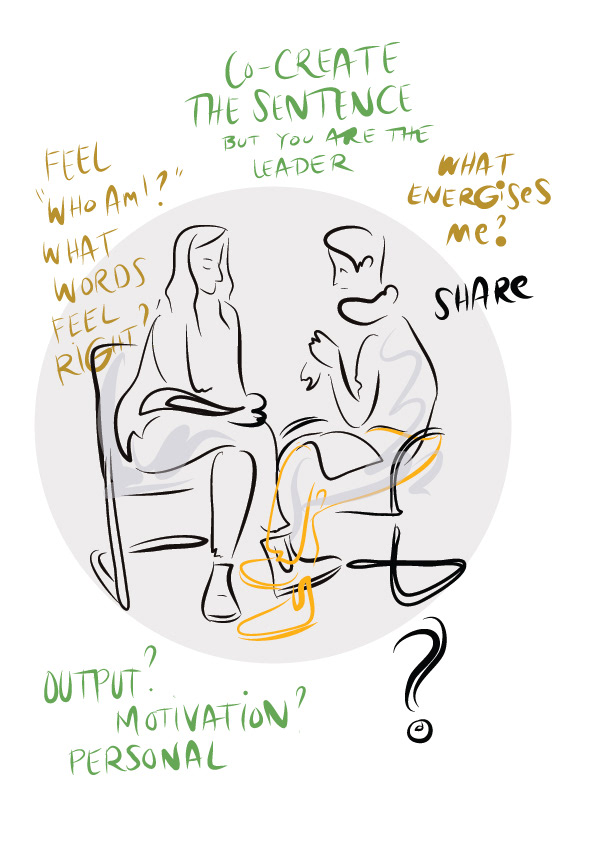
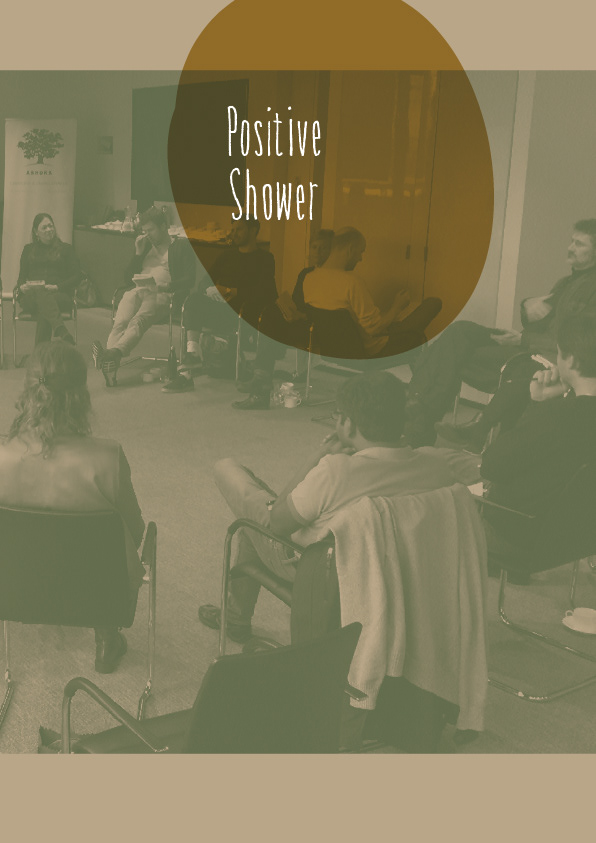
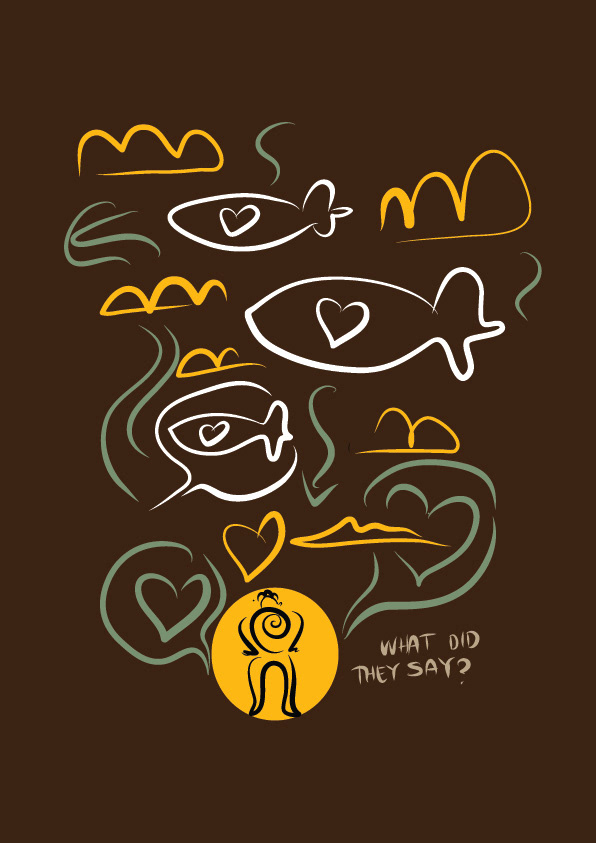
What is Graphic Recording?
Graphic Recording, also known as "scribing", or "graphic harvesting" is an emerging visual practice that can add to the atmosphere of creativity and engagement at events. Because we work in the same space, delegates are aware of something unusual unfolding. People are amazed at how a speech can be transcribed into visuals on-the-fly. But we are also actively engaged with the speakers where possible to deepen the essence of their talks... through snatches of conversation at the event and crucially a briefing with the organisers beforehand.
Content can be fed live to twitter or other social media channels. Graphic recording is a meaningful means to spread the messages of your event to a larger audience, or even as a re-enforcement of the content to the delegates afterwards in a designed package.
You'll receive a PDF, powerpoint or google slide deck at the end of the event. We mop up typos and any stray text before leaving.
Because we make the files in Adobe Illustrator, they are fully editable and scaleable afterwards. Make a beautiful book, report or video with the assets. Freshen up your ongoing marketing assets. Get more value from the event investment. Visuals can be branded according to your guidelines from the get go.
If you are curious, feel free to contact us for more information.

